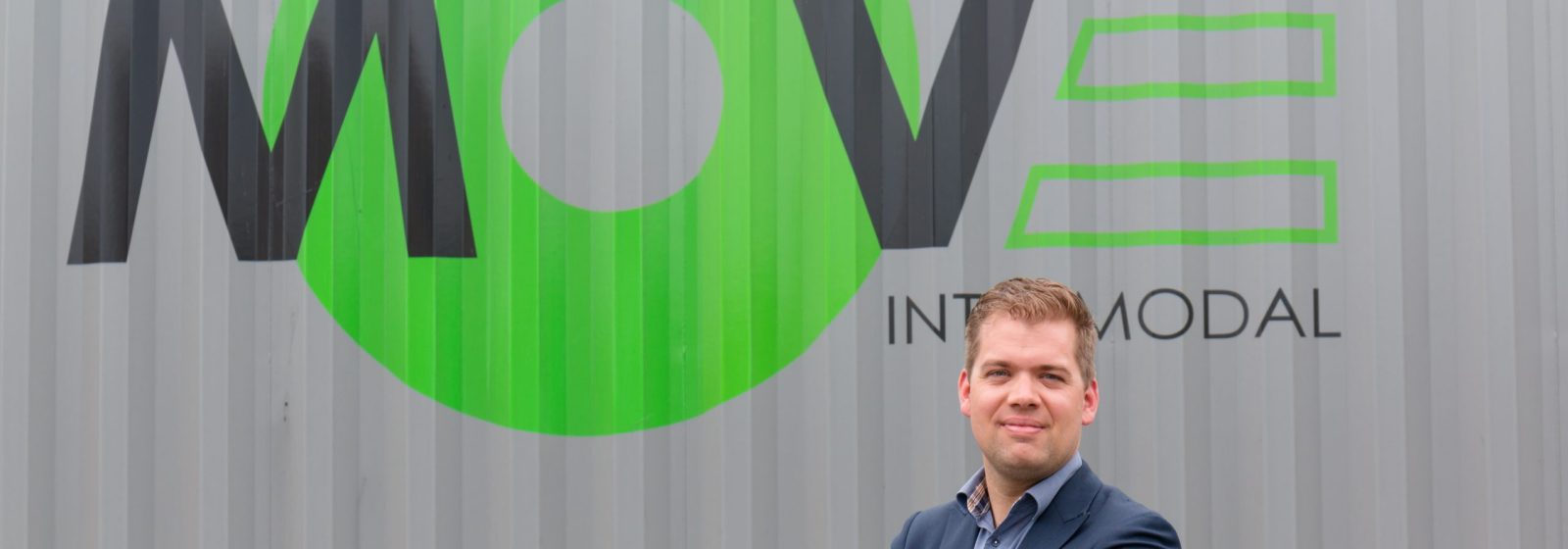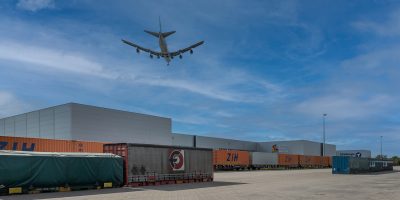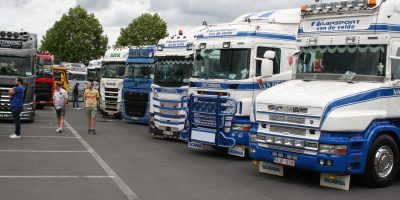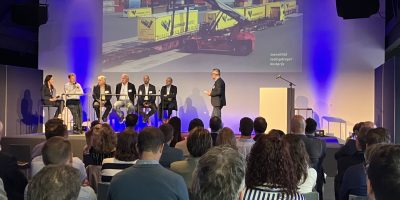
In the Flows magazine around sustainability, we sound out concrete initiatives. Move Intermodal focuses on intermodal transport combining road, rail and water transport. CXO Tomas Tempelaars points out some areas for improvement.
Move Intermodal has about three thousand loading units, containers and barges, with which it operates throughout Europe. “The pre- and post-transport is invariably done by road, but we bring the goods to an intermodal terminal. From there, we send them on by rail, water or a combination of both. We try to organise that on as large a scale as possible.”
The focus here is on long-distance across Europe, to Spain, Turkey and Italy, among others. “That makes it economically interesting. Today we see a shortage of truck drivers. In this context, a train with 50 containers is more sustainable, because it allows 50 drivers to do something else, like carrying out short distances. For that, though, trucks remain essential.”
Apples and pears
Ten years ago, there was already awareness among companies, but today it is more apparent in purchasing strategies and tenders. Whether customers are already willing to pay more for it? “Not always,” Tempelaars admits. “But most customers make the trade-off anyway. It is good that the government is taking the lead. It, in our case Europe, has to create a framework for that. Otherwise, you get a playing field where everyone writes sustainability reports and you end up comparing apples with oranges. What are all these sustainability claims worth then?”
The government imposes regulations for Europe, but not all countries are on the same wavelength. “The railway landscape, for example, is conservative and rather nationally oriented. This can be seen in the sometimes questionable state of the railways, especially in Germany, and in infrastructure works that are not coordinated. Fortunately, there are now some initiatives to address this, such as the EU’s ‘Greening freight package’.”
Intermodal mentality
Customers hold Move Intermodal responsible for the reliability of intermodal services, even if they do not always have control over all aspects. “The problem is that the intermodal mentality is missing. They see rail and in addition road, but too little combined, especially for infrastructure services. They mainly look at their own shop.”
Move Intermodal has developed its own sustainable strategy. “We are already doing a lot, such as having our own warehouse in Italy full of solar panels, but the most important thing for me is our employees. They are the driving force behind our intermodal solutions. We also put a strong focus on training. One of the spearheads is safety. That involves both physical safety and mental well-being. For the latter, we have worked out a concrete policy to deconnec- tion in times when everyone has their smartphone at hand all the time.”




